Greek and Latin authors described the macabre practice of severed heads among the Celts. New work reveals that of their mummifications!
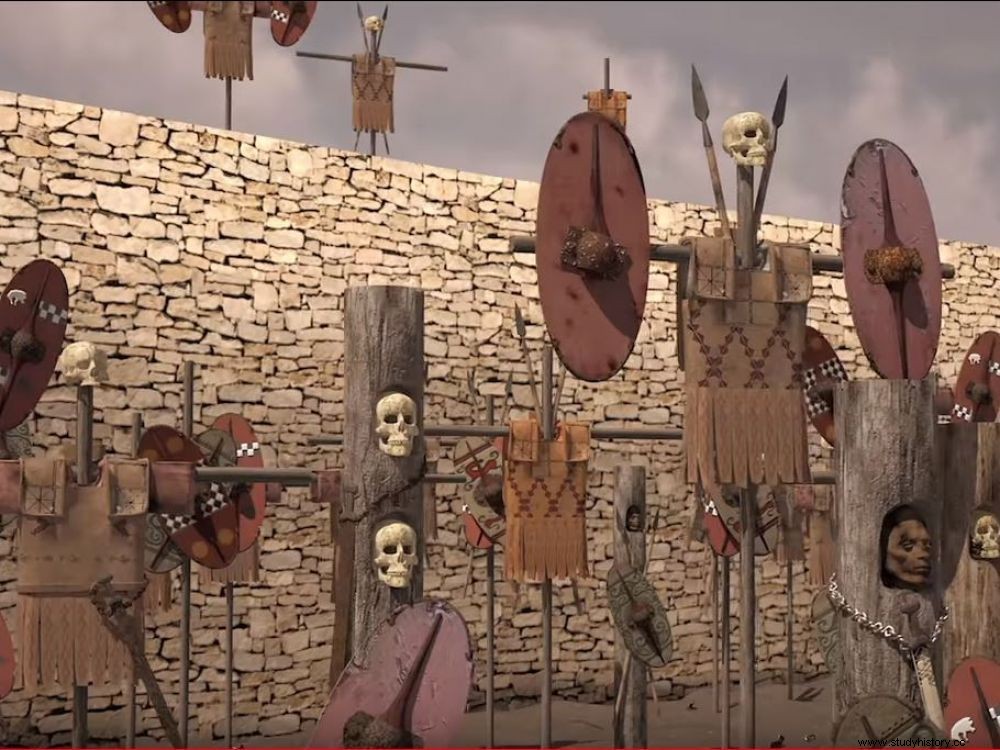
Reconstruction of the depot of weapons and severed heads at the Cailar site, in the Gard, and its impressive trophies.
Severed heads . In his Geography , the Greek author Strabo (63 BC – 24 AD) reported that the Celts*, peoples of fierce warriors, engaged in fearsome practices… An impressive rite was indeed to cut off the heads of the vanquished at the end battles! The historian thus recounts that "on their return from battle, they tied the heads of their enemies to the necks of their horses so that, once they returned home, they nailed them in front of their doors... "; at the entrance to public buildings, or houses. Engraved or sculpted representations of this ritual of severed heads are found in all the Celtic art of the Iron Age.
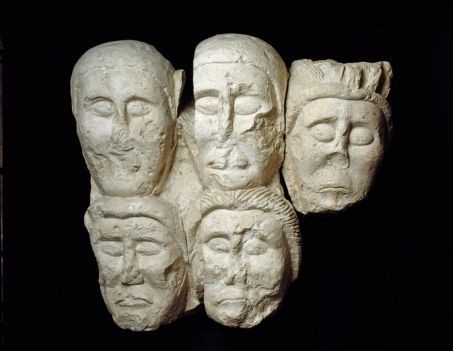
Sculpture of Celtic severed heads, found on the oppidum of Entremont (Provence), in 1877. © Leemage/AFP
For several decades, archaeological discoveries have attested to these behaviors in Roquepertuse (Bouche-du-Rhône), Entremont (Provence), or Ribemont-sur-Ancre (Somme) - including skulls pierced with huge nails. But archaeologist Réjane Roure and her team from UMR 5140 -CNRS/LaBex Archimède of Paul-Valery Montpellier 3 University have just made a major discovery at Le Cailar, south of Nîmes (Gard):the embalming of trophy heads! Among more than 2800 bones, this other behavior evoked in Antiquity could be identified.
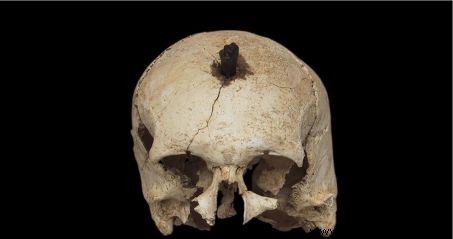
Nailed skull, from Ullastret (Catalonia). © Arxiu Museu d'Arqueologia de Catalunya-Ullastret
In an article published in the journal Journal of Archaeological Science* , the specialists reveal having chemically analyzed – by mass spectrometer and gas chromatography – skulls exhumed on the site of Languedoc, occupied by Celtic populations from the 4th / 3rd century BC. And having thus noted, on a dozen samples "the presence of biomarkers of coniferous resin and organic molecules of aromatic compounds obtained after heating, diterpenoid substances ", says Réjane Roure joined by Sciences et Avenir.
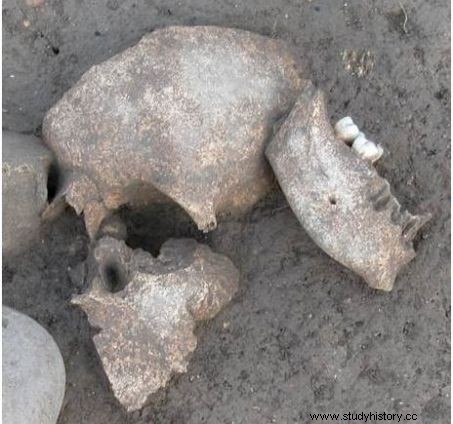
Human remains of "severed heads" found on the archaeological site of Cailar, in the Gard. © Programmed excavation Le Cailar-UMR5140-ASM
This confirms, for the first time, the accounts of ancient historians describing over 2000 years ago that the Celts:"anointed with cedar oil[ the heads]and exhibited them to their hosts, refusing to return them even for their weight in gold "! These mummified "booties" - after subtraction of the soft parts (tongues, brain), were then saved in boxes transmitted from generation to generation.
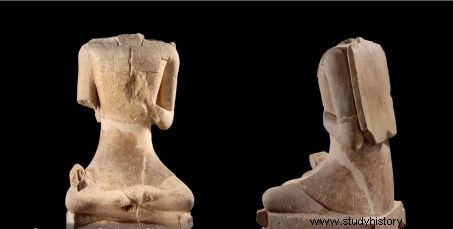
Celtic warriors from Roquepertuse (Bouches-du-Rhône). © L. Damelet / CNRS
"By preserving the most symbolic part of the individual, these behaviors were undoubtedly a form of homage to the vanquished while representing in a very concrete way, the value of the victorious warrior ", adds Réjane Roure. First revolted by this spectacle that he had seen in many places during a trip to Gaul, the Greek scholar Poseidonios, eyewitness, had admitted to having become accustomed to it thereafter "bearing it with serenity" ! The Romans are credited with putting an end to this practice.
VIDEO:"When the Gauls lost their heads:archaeological investigation of the "severed heads", directed by David Geoffroy, L. Pernet, L. Roure, Cours-jus Production
*In recent decades, exceptional finds concerning the period extending from the 5th century BC to the Roman conquest (1 st century BC) accumulate on our territory, considerably modifying the vision that we had of the peoples living north of the Alps that the Greeks called Keltoi (Celts), and the Romans Galli (Gallic)
